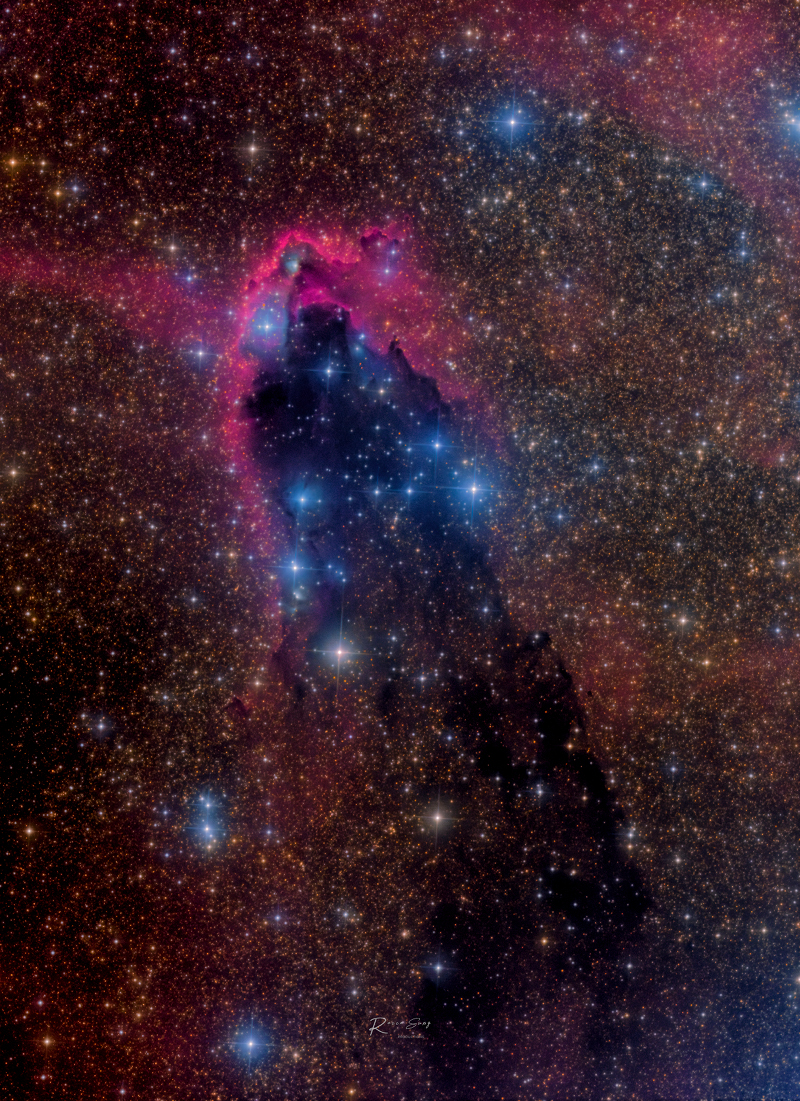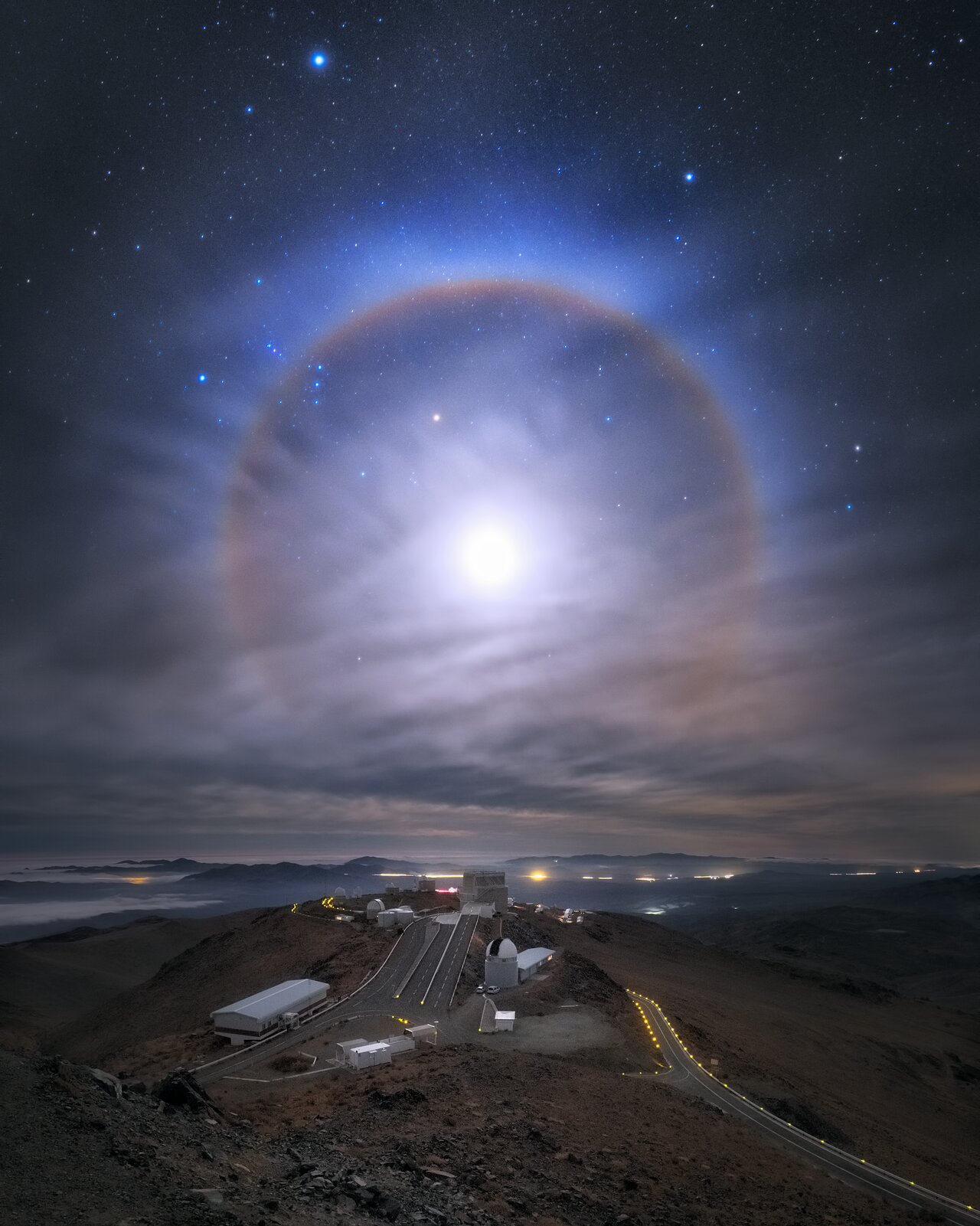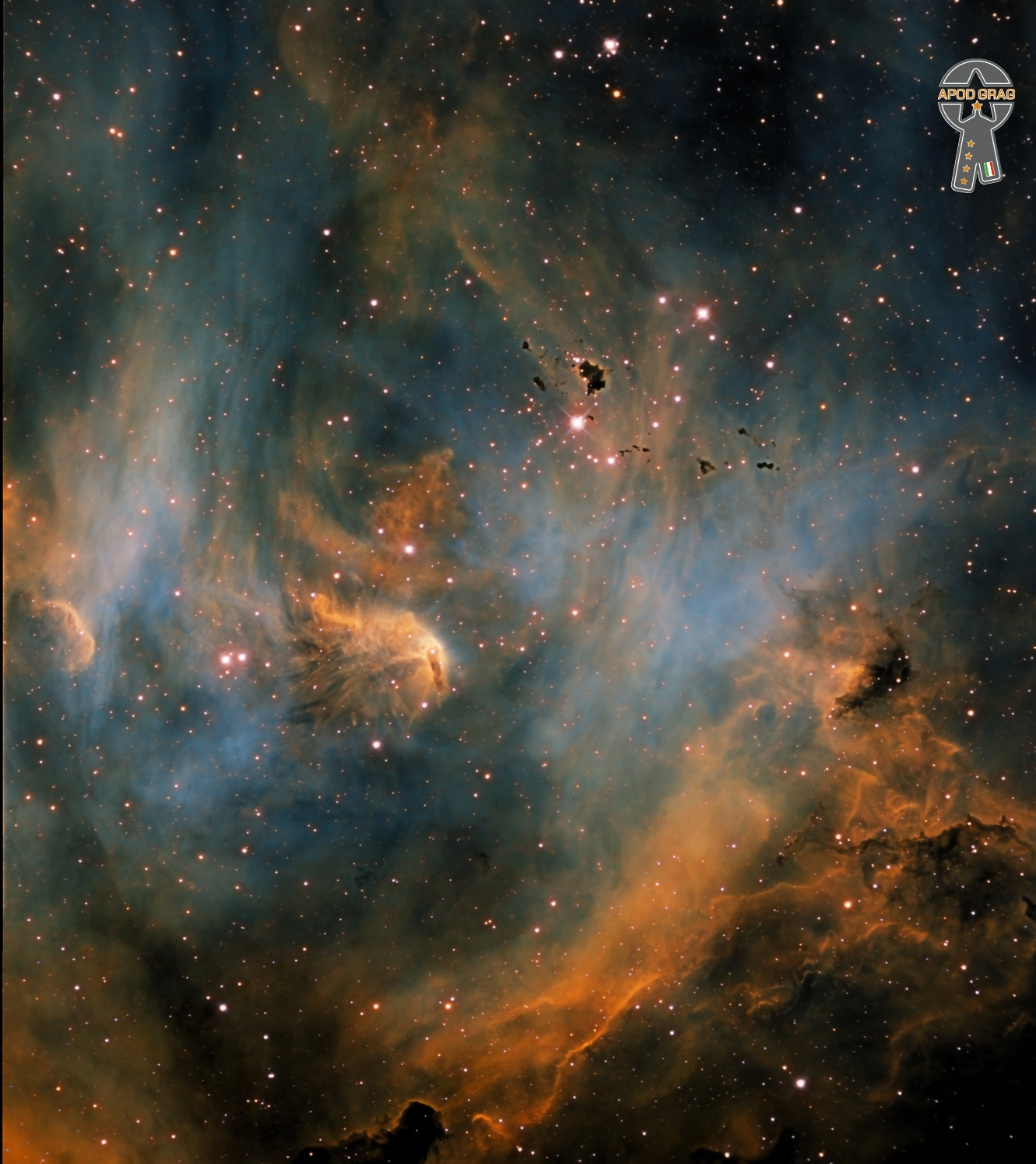Blog
Bola Sete (born Djalma de Andrade) (July 16, 1923 – February 14, 1987) was a Brazilian guitarist. Sete played jazz with Vince Guaraldi and Dizzy Gillespie.
Born in Rio de Janeiro, Bola Sete’s name means “Seven Ball”. In snooker, which is fairly popular in Brazil, the seven ball is the only black ball on the table (like the eight ball in pool), and Bola got this nickname when he was the only black member of a small jazz group.
Sete studied guitar at the Conservatory of Rio. He started performing with his own sextet and local samba groups while he was a student. His early influences were guitarists Django Reinhardt, Charlie Christian, Barney Kessel, George Van Eps, and Oscar Moore of the Nat King Cole Trio. He admired the big bands that were touring South America at that time, led by Dizzy Gillespie, Tommy Dorsey, and Woody Herman.
more...
Verdiales are a Flamenco music style, and song form belonging to cante chico.
Originating in Almogía, near the Spanish port of Málaga in Andalucía, it is based upon the fandango. For this reason, the verdiales are sometimes known as fandangos de Málaga.
Normally played in the key of E phrygian (key of C major with his fifth sharp) and rarely in A minor, the verdiales have a 12-count rhythm similar to the soleares, and bulerías.
more...Along the tail of the arachnalogical constellation Scorpius, this dusty cosmic cloud evokes for some the image of an ominous dark tower. In fact, clumps of dust and molecular gas collapsing to form stars may well lurk within the dark nebula, a structure that spans almost 40 light-years across this gorgeous telescopic portrait. Known as a cometary globule, the swept-back cloud, is shaped by intense ultraviolet radiation from the OB association of very hot stars in NGC 6231, off the upper edge of the scene. That energetic ultraviolet light also powers the globule’s bordering reddish glow of hydrogen gas. Hot stars embedded in the dust can be seen as bluish reflection nebulae. This dark tower, NGC 6231, and associated nebulae are about 5,000 light-years away.

Linda Maria Ronstadt (born July 15, 1946 Tuscon, AZ) is a retired American singer who performed and recorded in diverse genres including rock, country, light opera, and Latin. She has earned 10 Grammy Awards, three American Music Awards, two Academy of Country Music awards, an Emmy Award, and an ALMA Award. Many of her albums have been certified gold, platinum or multiplatinum in the United States and internationally. She has also earned nominations for a Tony Award and a Golden Globe award. She was awarded the Latin Grammy Lifetime Achievement Award by the Latin Recording Academy in 2011 and also awarded the Grammy Lifetime Achievement Award by the Recording Academy in 2016. She was inducted into the Rock and Roll Hall of Fame in April 2014. On July 28, 2014, she was awarded the National Medal of Arts and Humanities. In 2019, she received a star jointly with Dolly Parton and Emmylou Harris on the Hollywood Walk of Fame for their work as the group Trio. Ronstadt was among five honorees who received the 2019 Kennedy Center Honors for lifetime artistic achievements.
Ronstadt has released 24 studio albums and 15 compilation or greatest hits albums. She charted 38 US Billboard Hot 100 singles. Twenty-one of those singles reached the top 40, ten reached the top 10, and one reached number one (“You’re No Good“). Her success however did not translate across the Atlantic to the UK. Although Ronstadt’s duets, “Somewhere Out There” with James Ingram and “Don’t Know Much” with Aaron Neville, peaked at numbers 8 and 2 respectively in 1987 and 1989, the single “Blue Bayou” was her only solo single to reach the UK Top 40.[18][19] She has charted 36 albums, ten top-10 albums, and three number 1 albums on the US Billboard Pop Album Chart.
more...Robert Clifford Brown (July 15, 1910 – November 6, 1966), known professionally as Washboard Sam, was an American blues musician and singer. Brown’s date and place of birth are uncertain; many sources state that he was born in 1910 in Walnut Ridge, Arkansas, but the researchers Bob Eagle and Eric LeBlanc suggest that he was born in 1903 or 1904, in Jackson, Tennessee, on the basis of Social Security information. He was reputedly the half-brother of Big Bill Broonzy. He moved to Memphis, Tennessee, in the 1920s, performing as a street musician with Sleepy John Estes and Hammie Nixon. He moved to Chicago in 1932, performing regularly with Broonzy and other musicians, including Memphis Slim and Tampa Red, in many recording sessions for Lester Melrose of Bluebird Records. In 1935, he began recording in his own right for both Bluebird and Vocalion Records, becoming one of the most popular Chicago blues performers of the late 1930s and 1940s, selling numerous records and playing to packed audiences. He recorded over 160 tracks in those decades. His strong voice and songwriting talent overcame his stylistic limitations.
By the 1950s, his audience had begun to shrink, largely because he had difficulty adapting to the new electric blues. His final recording session, for RCA Victor, was in 1949. He retired from music for several years and became a Chicago police officer. He recorded a session in 1953 with Broonzy and Memphis Slim. Samuel Charters included Brown’s “I’ve Been Treated Wrong” on the compilation album The Country Blues for Folkways Recordsin 1959. Brown made a modest and short-lived comeback as a live performer in the early 1960s.
more...Joseph Rudolph “Philly Joe” Jones (July 15, 1923 – August 30, 1985) was an American jazz drummer .
As a child, Jones appeared as a featured tap dancer on The Kiddie Show on the Philadelphia radio Station WIP. He was in the US Army during World War II. In 1947 he became the house drummer at Café Society in New York City, where he played with the leading bebop players of the day including Tadd Dameron. Jones toured and recorded with Miles Davis Quintet from 1955 to 1958—a band that became known as “The Quintet” (along with Red Garland on piano, John Coltrane on sax, and Paul Chambers on bass). Davis acknowledged that Jones was his favorite drummer, and stated in his autobiography that he would always listen for Jones in other drummers.
From 1958 Jones worked as a leader, but continued to work as a sideman with other musicians, including Bill Evans and Hank Mobley. Evans, like Davis, also openly stated that Jones was his all-time favorite drummer.
more...Sadik Hakim (born Forrest Argonne Thornton; July 15, 1919 – June 20, 1983) was an American jazz pianist and composer.
Forrest Argonne Thornton was born on July 15, 1919 in Duluth, Minnesota. The name Argonne came from the World War I battle. He was taught music by his grandfather and played locally before moving to Chicago.
In Chicago in 1944, Hakim was heard by the tenor saxophonist Ben Webster, who took him to New York to be the pianist in his band. He appeared on some Charlie Parker recordings for Savoy Records in the following year. He toured with another saxophonist, Lester Young from 1946 to 1948, including for recordings. He changed his name to Sadik Hakim, a Muslim formulation, in 1947.
“In the 1950s Hakim played in Canada with Louis Metcalf, toured with James Moody (1951–4), and was a member of Buddy Tate‘s orchestra (1956–60).” Hakim’s debut recording as a leader was in 1962, on an album for Charlie Parker Records that was shared with Duke Jordan. “Around 1966 he moved to Montreal, where he played in nightclubs. He toured Europe for a year, played in a trio at a festival in Duluth (1976), and then returned to New York; he toured Japan in 1979–80.”
Hakim returned to recording as a leader in 1973, laying down material that was released by CBC, Progressive, SteepleChase, and Storyville Records.[3] Hakim claimed that he wrote “Eronel”, which is usually thought of as a Thelonious Monk composition.
more...A spectacular lunar halo — known as a 22° halo — formed in the sky above ESO’s La Silla Observatory. The optical phenomenon is a result of moonlight interacting with millions of ice crystals suspended in the atmosphere, forming a ring with an apparent radius of approximately 22° around the moon. It is also known as the “moon ring” or “winter halo”.
While this is a beautiful sight, it creates conditions which are not optimal for astronomical observations. Clouds and the bright light of the moon affect the quality and accuracy of astronomical observations. However, that does not diminish the allure of this ethereal sight, and in fact some stars remain visible. Notably, Sirius, the brightest star in the night sky, can be seen at the top edge of the image, just left of the centre.

Angélique Kpasseloko Hinto Hounsinou Kandjo Manta Zogbin Kidjo (/ˌɒ̃ʒəˈliːk ˈkɪdʒuː, – ˈkɪdʒoʊ/; born July 14, 1960), is a Beninese singer-songwriter, actress, and activist who is noted for her diverse musical influences and creative music videos. In 2007, Time magazine called her “Africa’s premier diva”.
Her musical influences include the Afropop, Caribbean zouk, Congolese rumba, jazz, gospel, and Latin styles; as well as her childhood idols Bella Bellow, James Brown, Nina Simone, Aretha Franklin, Celia Cruz, Jimi Hendrix, Miriam Makeba and Carlos Santana. She has recorded George Gershwin’s “Summertime“, Ravel’s Boléro, Jimi Hendrix’s “Voodoo Child” and the Rolling Stones‘ “Gimme Shelter“, and has collaborated with Dave Matthews and the Dave Matthews Band, Kelly Price, Alicia Keys, Branford Marsalis, Ziggy Marley, Philip Glass, Peter Gabriel, Bono, Carlos Santana, John Legend, Herbie Hancock, Josh Groban, Dr John, the Kronos Quartet, Yemi Alade, Cassandra Wilson and Indonesia’s pop star Anggun. Kidjo’s hit songs include “Agolo”, “We We”, “Adouma”, “Wombo Lombo”, “Afirika”, “Batonga“, and her version of “Malaika“. Her album Logozo is ranked number 37 in the Greatest Dance Albums of All Time list compiled by Vice magazine’s Thump website.
Kidjo is fluent in five languages: Fon, French, Yorùbá, Gen (Mina), and English. She sings in all of them, and she also has her own personal language, which includes words that serve as song titles such as “Batonga”. “Malaika” is a song sung in the Swahili language. Kidjo often uses Benin’s traditional Zilin vocal technique and vocalese.
more...Alan Dawson (July 14, 1929 – February 23, 1996) was a respected jazz drummer and widely influential percussion teacher based in Boston.
He was born in Marietta, Pennsylvania, and raised in Roxbury, Massachusetts. Serving in the Army for Korean War duty, Dawson played with the Army Dance Band while stationed at Fort Dix from 1951–1953. During his tenure, Alan explored the post-bop era by performing with pianist Sabby Lewis. After being released from the Army, Alan toured Europe with Lionel Hampton.
Dawson is best remembered as an early teacher of Tony Williams, and Sawyer Brown drummer, Joseph Smyth. Other former students include: Terri Lyne Carrington, Julian Vaughn, Vinnie Colaiuta, Steve Smith, Kenwood Dennard, Gerry Hemingway, Jeff Sipe, Billy Kilson, and many others. He began teaching at Berklee College of Music in 1957. Dawson suffered a ruptured disc in 1975 which led to him halting his touring schedule, to leave Berklee and limit his teaching to his home in Lexington, Massachusetts.
His teaching style emphasized the music as a whole rather than concentrate on percussion alone. He stressed the importance of learning the melody and structure of the tune to better fulfill the role of accompaniment. For this purpose, he had students play over standards while also singing the melody out loud. He constantly strived for balance between musical ideas and strict technique. He was big on rudiments and wrote extensive exercises intended to be practiced with brushes. He believed using brushes with his “Rudimental Ritual” would reduce stick rebound allowing the sense of “picking up” the sticks. While teaching, Alan also maintained a prolific performing and recording career.
more...Kenneth Napper (born July 14, 1933 in London) is an English jazz double-bassist.
Napper started out on piano as a child and picked up bass as a student at Guildhall School of Music. He entered the British military in the early 1950s, playing with Mary Lou Williams in 1953 during a leave period. After ending his term of duty, he played with Jack Parnell, Malcolm Mitchell, Vic Ash, and Cab Calloway. He was the house bassist at Ronnie Scott’s Jazz Club for several years and played with many British and American jazz musicians in the late 1950s and early 1960s, including Alan Clare, Ronnie Scott, Stan Tracey, Tubby Hayes, Tony Kinsey, Tony Crombie, Jimmy Deuchar, John Dankworth, Pat Smythe, Phil Seamen, Zoot Sims, Carmen McRae, and Paul Gonsalves. Later in the 1960s he worked with Ted Heath, Tony Coe, John Picard, and Barney Kessel, as well as with Gonsalves, Tracey, and Dankworth. In 1970 he played with Stephane Grappelli and moved to Germany, playing with Kurt Edelhagen from 1970 to 1972. While in Germany he focused more on composition and arrangement; later in the decade he moved to the Netherlands, where he arranged for radio ensembles.
more...Woodrow Wilson Guthrie (/ˈɡʌθri/; July 14, 1912 – October 3, 1967) was an American singer-songwriter, and one of the most significant figures in American folk music. His work focused on themes of American socialism and anti-fascism. His music includes songs such as “This Land Is Your Land“, written to oppose the American exceptionalist song “God Bless America“, and has inspired several generations both politically and musically.
Guthrie wrote hundreds of country, folk, and children’s songs, along with ballads and improvised works. His album of songs about the Dust Bowlperiod, Dust Bowl Ballads, was included on Mojo magazine’s list of 100 Records That Changed The World, and many of his recorded songs are archived in the Library of Congress. Songwriters such as Bob Dylan, Phil Ochs, Johnny Cash, Bruce Springsteen, Robert Hunter, Harry Chapin, John Mellencamp, Pete Seeger, Andy Irvine, Joe Strummer, Billy Bragg, Jerry Garcia, Bob Weir, Jeff Tweedy, Tom Paxton, Brian Fallon, and Sixto Rodríguez have acknowledged Guthrie as a major influence on their work. He frequently performed with the slogan “This machine kills fascists” displayed on his guitar.
Guthrie was brought up by middle-class parents in Okemah, Oklahoma,[10] until he was 14, when his mother Nora was hospitalized as a consequence of Huntington’s disease, a fatal hereditary neurological disorder. His father moved to Pampa, Texas, to repay debts from unsuccessful real estate deals. During his early teens, Guthrie learned folk and blues songs from his parents’ friends. He married at 19, but with the advent of the dust stormsthat marked the Dust Bowl period, he left his wife and three children to join the thousands of Okies who were migrating to California looking for employment. He worked at Los Angeles radio station KFVD, achieving some fame from playing hillbilly music; made friends with Will Geer and John Steinbeck; and wrote a column for the communist newspaper People’s World from May 1939 to January 1940.
Throughout his life, Guthrie was associated with United States communist groups, although he did not appear to belong to any. With the outbreak of World War II and the non-aggression pact the Soviet Union had signed with Germany in 1939, the anti-Stalin owners of KFVD radio were not comfortable with Guthrie’s political leanings after he wrote a song praising the Molotov–Ribbentrop Pact and the Soviet partition of Poland. He left the station, ending up in New York where he wrote and recorded his 1940 album Dust Bowl Ballads, based on his experiences during the 1930s, which earned him the nickname the “Dust Bowl Troubadour”. In February 1940 he wrote his most famous song, “This Land Is Your Land“. He said it was a response to what he felt was the overplaying of Irving Berlin‘s “God Bless America” on the radio.
Guthrie was married three times and fathered eight children. His son Arlo Guthrie became nationally known as a musician. Woody died in 1967 from complications of Huntington’s disease. His first two daughters also died of the disease. During his later years, in spite of his illness, Guthrie became an icon in the folk movement, providing inspiration to a generation of new folk and country musicians, including mentoring Ramblin’ Jack Elliott and Bob Dylan.
more...This new image shows the Running Chicken Nebula, a cloud of gas and newborn stars that lies around 6500 light-years away from us in the constellation of Centaurus (The Centaur). Officially called IC 2944, or the Lambda Centauri Nebula, its strange nickname comes from the bird-like shape of its brightest region. The star Lambda Centauri itself lies just outside the field of view.

More Posts
- Cosmos IC 410
- Graham Nash
- Stan Getz
- Sonny Stitt
- Flamenco Fridays Camerón y Tomatito
- Daily Roots J Jones
- Cosmos NGC 1365
- Joe Sample
- Sadao Watanabe
- Tricky Sam Nanton
- Langston Hughes
- World Music Trio Ravnogor
- Daily Roots Diggory Kenrick & The Aggrovators
- Cosmos Orion
- Franz Schubert
- Charlie Musselwhite
- Phillip Glass
- Roosevelt Sykes
- World Music Hossein Rezaeenia
- Daily Roots Big Youth & Dennis Brown